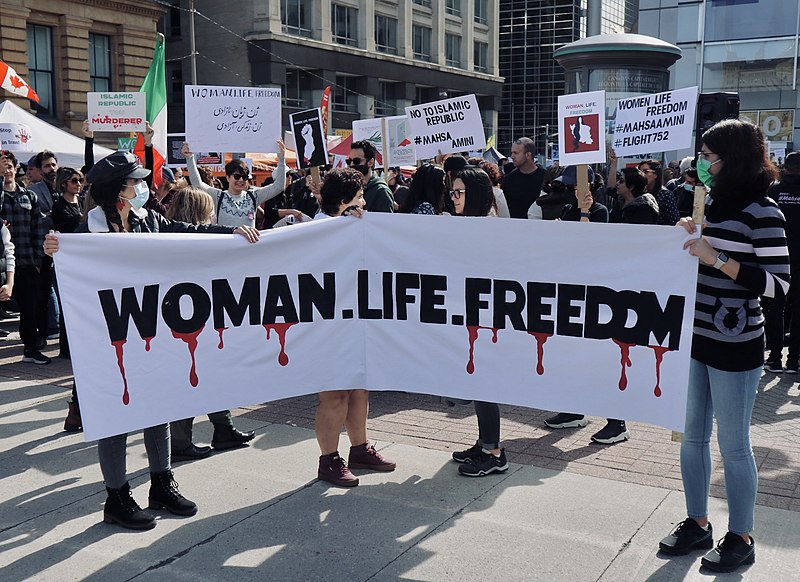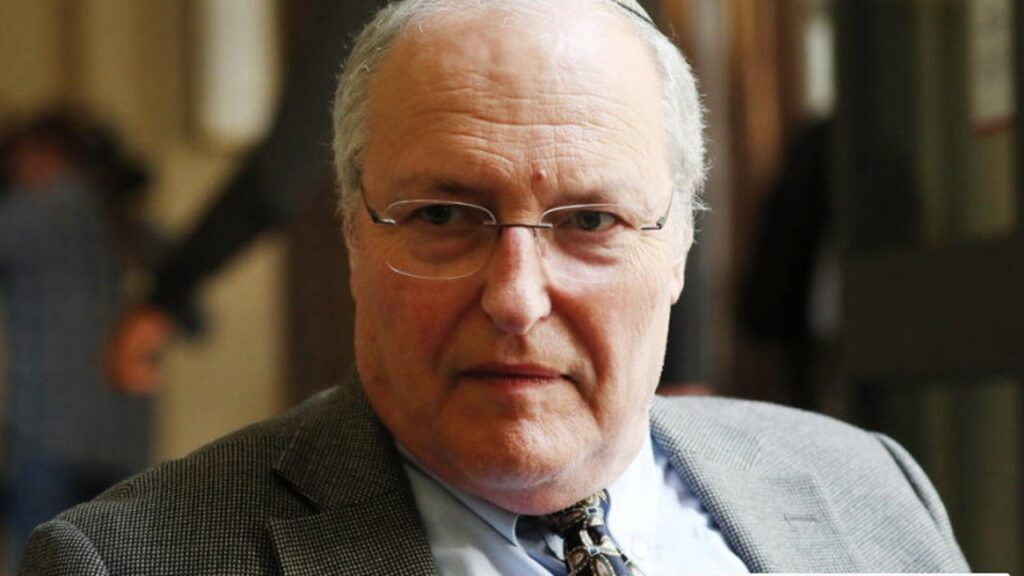UPDATES
Settlement spin: A tale of two stories
December 19, 2014 | Ahron Shapiro

When it comes to stories in the international media reporting data about Israeli settlements in the West Bank, the subcontracting by reporters of their research to the left-wing NGO and anti-settlement lobby group Peace Now has been routine. But can Peace Now be trusted to provide reporters with a fair and impartial reading of the actual settlement data?
A comparison of two recent news items may provide the answer.
On December 1, the Jerusalem Post ran a story on settlements, written by its own reporter, with the headline “CBS: New settlement building in West Bank down by 62% in 2014“.
Meanwhile, on December 19, the New Zealand Herald prominently ran an article by the Associated Press, also on the topic of settlements, entitled “Israeli settlers continue surge“.
Notably, the Herald had sat on the AP story for several days. The AP had actually moved the story on December 15 with the sightly different headline “West Bank settlement expansion surged under Netanyahu”, and it was published in many places at that time, including on the Ha’aretz website and promoted on the Israeli paper’s Twitter feed and Facebook page.
The Jerusalem Post story, which was based on official government data issued quarterly, on prescribed dates, revealed a number of interesting trends about the settlements.
Data published by the Central Bureau of Statistics on Sunday showed that ground was broken on 935 homes in Judea and Samaria from January to September of this year, compared with 2,487 during the same period in 2013.
Settler building makes up only 2.8% of the 32,850 country wide housing starts. But the largest drop in construction occurred in Judea and Samaria, compared to an overall decline of 7.4%, according to the CBS.
Here’s some more context to help understand this data. According to Peace Now or the Israeli Central Bureau of Statistics (it’s not made clear), the total settler population of the West Bank as of the end of 2013 was 355,993.
At the same point in time, the CBS showed that the entire population of Israel was 8,132,000.
That means West Bank settlers amount to 4.38 percent of Israel’s population. Yet according to the CBS data, construction in the settlements make up only 2.8% of the country’s housing starts. Clearly, this demonstrates that less supply is being provided to meet housing demand in the settlements in comparison to the rest of the country. This is not conjecture – this is a fact based on the data.
The Jerusalem Post also pointed out that West Bank housing construction had dropped more than any other region in Israel in the first three quarters of 2014.
These facts, which would have provided a more complex picture of the actual state of construction in the settlements, were completely omitted from the AP story. This omission occurred despite the fact that its authors, reporters Dan Perry and Josef Federman, should have been aware of the Jerusalem Post story, or were certainly capable of pulling the data off the CBS website on their own, as AIJAC does on a regular basis.
So, relying on Peace Now, how did the AP spin the story? Instead of dealing with data that might actually reflect the complexity of Israeli housing policy – housing starts and completions – it focused on the misleading and virtually worthless statistics of settlement population growth.
Led the AP (in the unedited Ha’aretz version – the Herald used slightly different phrasing):
The population of Jewish settlers in the occupied West Bank has surged during Prime Minister Benjamin Netanyahu’s years in office, growing at more than twice the pace of Israel’s overall population, according to newly obtained official figures.
Population growth figures are misleading for a number of reasons. First of all, they do not differentiate between people who are actually moving into the settlements and new births into settler families.
As I wrote on November 11, ultra-orthodox Jews – who tend to have very large families – are the fastest growing settler group, accounting for 31 percent of the Jewish population of the West Bank (as of 2011) yet they make up some 10 percent of the overall Jewish population of Israel (as of 2012).
Incidentally, they also happen to live for the most part in just a few specific settlements located in settlement blocs that Israel would be expected to retain in any peace agreement after land swaps with the Palestinians.
The AP story introduces the orthodox dimension, but brings in another misleading statistic to try and dismiss it.
[Peace Now’s Settlement Watch Deputy Director Lior Amichai] said that even when factoring in the higher birthrate of the settler population, which tends to be more religious, the settlement growth rate is higher because of the nonstop construction.
The ultra-Orthodox settlement of Beitar Illit, for example, grew 29 percent during the five-year period. The population of Bnei Brak, an ultra-Orthodox city inside Israel, grew 14 percent.
Anyone who is familiar with Israel would easily comprehend why this would be the case, since what Amichai and the AP do not tell the reader is that Bnei Brak is a fully developed city. As a matter of fact, there is virtually no open space to build left in that part of Israel. Naturally, this makes all but minor development there virtually impossible, but not for lack of interest.
This is my third point and it’s worth exploring more fully even at risk of repeating myself. It’s quite logical that the rate of settlement growth would be much higher than the rate of growth in the rest of Israel. That is because – like in the Bnei Brak/Beitar Illit comparison – all the settlements have room to expand inside their boundaries, while many parts of Israel have fewer open spaces for construction. A more honest comparison would have weighed the rate of population growth in the settlements against that found in Israeli development towns, while also factoring in the birth rate in both areas.
Finally, the story made much of Peace Now’s claim that population growth was similar on both sides of the security barrier. However, without providing evidence for their claim – and specifically by failing to show exactly how much of the claimed growth is a matter of increased family size and how much is due to migration due to new construction – this claim is therefore entirely worthless.
Moreover, as the Jerusalem Post‘s Tovah Lazaroff noted in November 2013 when a housing surge in the West Bank was proposed by Housing Minister Uriel Atlas, but immediately refused by Prime Minister Binyamin Netanyahu, the government’s policy has long been not to allow substantive construction beyond the security barrier.
Wrote Lazaroff:
For at least the last decade Israel’s governments have focused most of their attention on building in the settlement blocs, in areas it believes will remain part of the country in any final status agreement. Those areas are all within the route of the security barrier, which has often also marked Israeli thinking with regard to West Bank areas that it would possibly retain.
Returning to the AP story, it didn’t just mislead by focusing on population growth, it also buried and downplayed information about that growth that took away from their narrative that the settler population had “surged” under Netanyahu.
After noting that the population growth in the West Bank settlements had increased by 23 percent under Netanyahu between the years of 2009 and 2013, it took until the fifth paragraph to acknowledge that this marked a decrease in the growth rate compared to 2003-2009.
The AP wrote:
The rate of settler population growth slowed slightly under Netanyahu, from 31 per cent during the previous five years under his predecessors Ariel Sharon and Ehud Olmert.
A slowing from 31 percent to 23 percent is not “slight”. It’s a substantial 25 percent decline!
Former AP reporter Matti Friedman pointed out the contradiction on his Facebook page:
If I tried to point out every instance of press dishonesty I’d literally be doing nothing else. But I think this a good example. This story from the AP informs us in the first paragraph that the number of settlers has “surged” under Netanyahu. The problem is that reporters who actually cover the settlements (like Tovah Lazaroff of the Jerusalem Post) know the opposite is true — though Netanyahu is certainly pro-settlement, population growth in the settlements has actually decreased since he came to power. And indeed, in the sixth paragraph, the AP reporters remember that actually growth among settlers has “slowed slightly” under Netanyahu. So which is it, guys? “Surged” or “slowed”? And does anyone actually take this stuff seriously anymore?
The bias and misleading data presented by the AP in the story carried by the Herald and Ha’aretz exposes a much broader problem, as Friedman wrote for the Atlantic on November 30.
For foreign journalists in Israel, such as those at AP, Friedman says:
Nearly all of the information you need-that is, in most cases, information critical of Israel-is not only easily accessible but has already been reported for you by Israeli journalists or compiled by NGOs.
He added:
Confusion over the role of the press explains one of the strangest aspects of coverage here-namely, that while international organizations are among the most powerful actors in the Israel story, they are almost never reported on. Are they bloated, ineffective, or corrupt? Are they helping, or hurting? We don’t know, because these groups are to be quoted, not covered.
By giving Peace Now the power to effectively craft the headlines and set the narrative for the way settlements are reported in the international media, rather than relying on simply reporting the facts contained in the raw data, the global media has driven an agenda on an important final-status issue between Israelis and Palestinians, instead of simply reporting.
Sadly, this shameless partisan spin undermines the credibility of the media to report fairly on Israeli-Palestinian issues, as well as the prospects for resolving the Israeli-Palestinian conflict.
Ahron Shapiro
Postscript: On the website for the Brooklyn-based orthodox-right publication Jewish Press, the settler blog Muqata published its own criticism of the AP article. While I have not had time to weigh all of Muqata’s arguments, statistical analysis and tabulations and therefore neither I nor AIJAC can vouch for the blog post’s content, it’s likely some of our readers would be interested to look through it.
Tags: Israel





